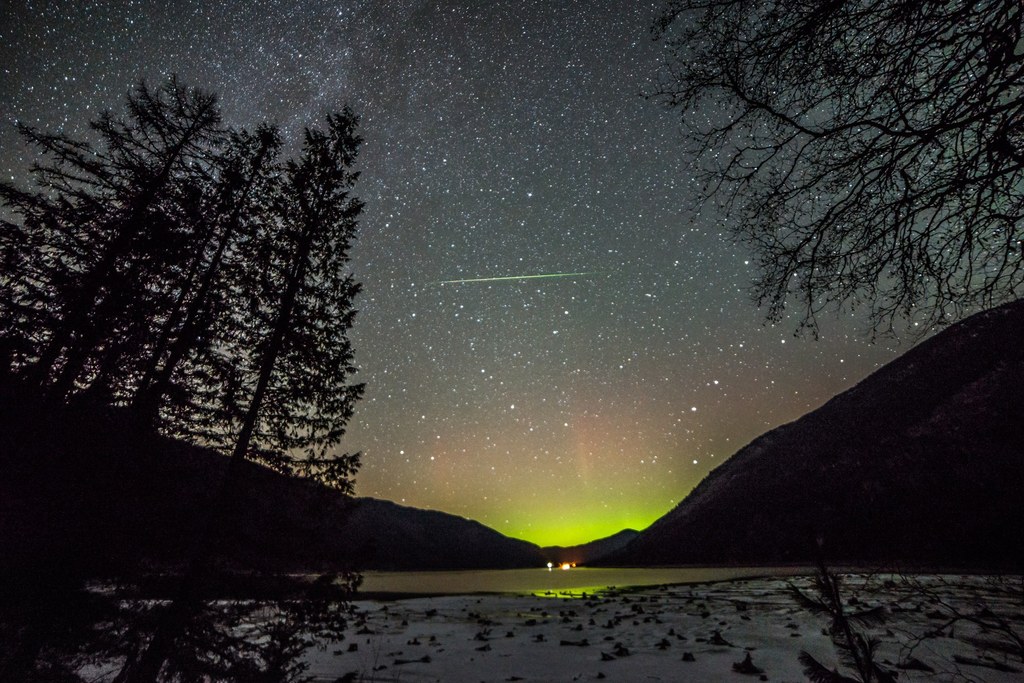Wander woods reminiscent of eastern hardwood forest, filled with aspen, hemlock and birch along the largest natural lake in the Colville National Forest—plus enjoy one of the best western larch displays in Eastern Washington.
Western larch is the only species of larch whose distribution is largely confined to the inland Northwest. Like other larch, the western larch is a deciduous conifer, meaning that it loses its needles every fall and produces a completely new set in the spring. In the fall, the needles go out in a blaze of glory, lighting up mid-elevation slopes with yellow and gold. Time your hike here for the last half of October for peak larch luminescence.
Start your hike at the East Sullivan Campground at the north end of the lake, taking a short path through aspen and shrubs to a junction. The way left leads to the Sullivan Nature Trail, a 0.6-mile self-guided interpretive trail detailing the natural processes at work in the forest. Instead, turn right, and travel up through a damp and mossy forest of hemlock and western redcedar on the lower slopes of Hall Mountain.
Pass several long-decrepit mining roads before briefly breaking out of the trees. From the rocky benches—some with real wooden benches laid into the stone—peer out over Sullivan Lake. Despite the lake before you, the larch display is likely to keep your attention. From here, descend to the shores of Sullivan Lake, where quiet coves and beaches await. Keep an eye out for critters; one of Eastern Washington’s largest bighorn sheep herds frequents the steep slopes of Hall Mountain, and wolves have been reported near the lake in recent years.
Cross Noisy Creek before climbing another bluff, then drop down to Noisy Creek Campground. If you have a second vehicle, here’s where your trail ends; if not, just return by the same route.
Sullivan Lakeshore
-
Length
- 8.2 miles, roundtrip
-
Elevation Gain
- 250 feet
-
Highest Point
- 2,840 feet
Hiking Sullivan Lakeshore
Sullivan Lakeshore
Map & Directions
 Trailhead
Trailhead









